Movie explaining what kind of building will a skyscraper of 1,600 m in height become

Architect is counted in one of the 'modern architecture of the three great masters'
Will there ever be a mile-high skyscraper?-Stefan Al-YouTube
In 1956, architect Frank Lloyd Wright planned to build the Mile High Tower , a high-rise building with a height of 1 mile (about 1.6 km). This skyscraper, about five times as tall as the Eiffel Tower, about 300 meters high, was supposed to be the world's best.

At the time, the plan attracted a lot of criticism that it took 'not only hours to move with the elevator, but it was smashing with its own weight.' As expected by most, the 'mile-high tower' was not realized.

As of 2019, more than 70 years after Wright planned the “Mile-High Tower”, a skyscraper with a height of 1000 meters like “

The first problem is 'self weight'. The main premise is that the lower floors can support the weight of the upper floors, whatever the architecture.

Because of this principle, buildings have long been limited to pyramids that are lighter and smaller closer to the top. However, pyramids can not be built in the current city.

Thankfully, we can now use concrete reinforced with water-resistant polymers and steel fibres, instead of stone, so the building can support its own weight without being pyramidal.


In addition to being able to support the weight of the building, the ground needs to be able to support the building. Otherwise you will end up leaning over like the Leaning Tower of Pisa.

In order to support a total weight of about 500,000 tons, 192 piles of steel and concrete with a length of more than 50m are buried in the basement of Burj Khalifa. This pile allows Burj Khalifa to stand on soft soil well.

The second problem is 'wind power'. In order for a skyscraper to stand on its own, it must support not only its own weight but also crosswinds.

Due to the action of the wind, skyscrapers can take up to 8 kg of force per square meter. This is kinetic energy comparable to a bowling ball.

For example,
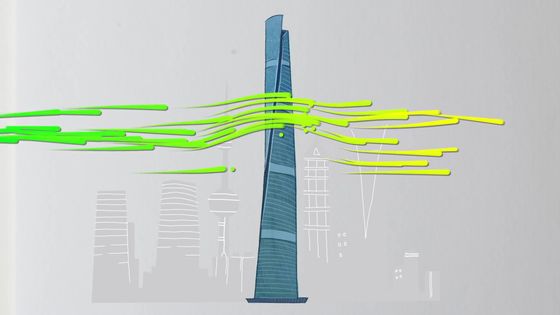
Like the

Even so, it is inevitable that the building will shake if it is subject to strong winds. For this reason, many high-rise buildings have
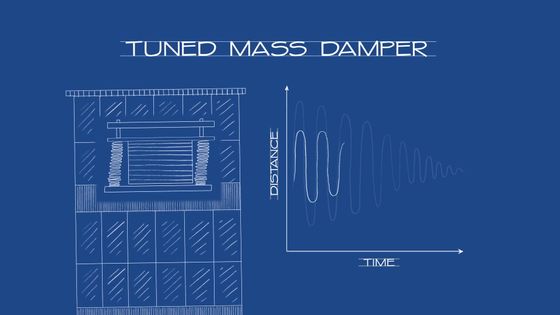
As an example, on the 87th floor of '
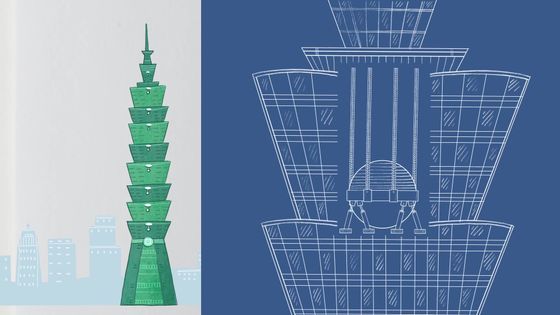
When the wind shakes the building, the tuned mass damper moves like a pendulum to absorb the building's kinetic energy. And because the hydraulic cylinder between the ball and the building releases kinetic energy as heat, the stability of the building is maintained.
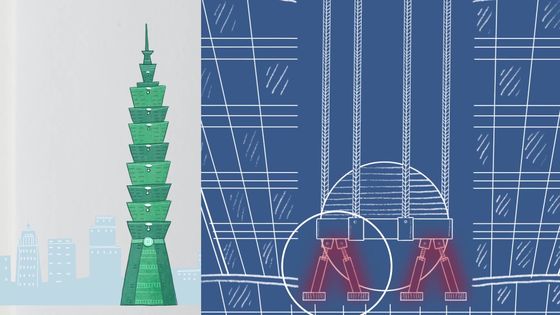
The last question is how to move around in the building. In the age of lights, elevators were as fast as 22 km / h.
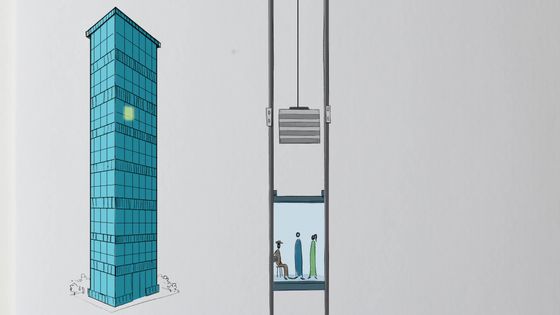
Now it is much faster due to technological advances. In the future, it is also believed that a magnetic rail that does not generate friction will realize an elevator that moves at 70 km per hour.
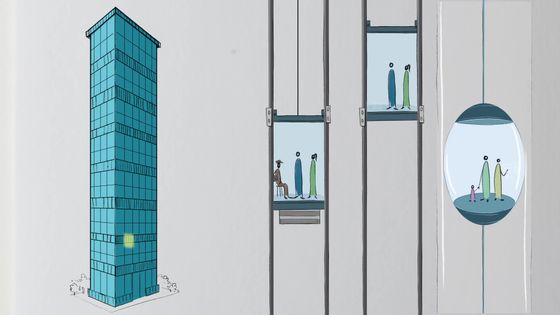
In addition, the operating algorithm that manages elevators for optimal placement can dramatically reduce passenger waiting time.
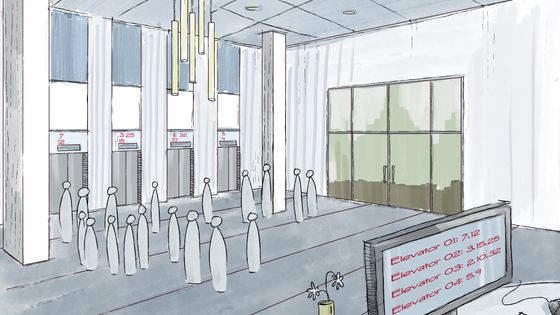
Building technology has a long history, from 1956 when Wright planned the Mile High Tower in 1956. A day will surely come when the skyscraper, which was once a tower on the sand, will be real.
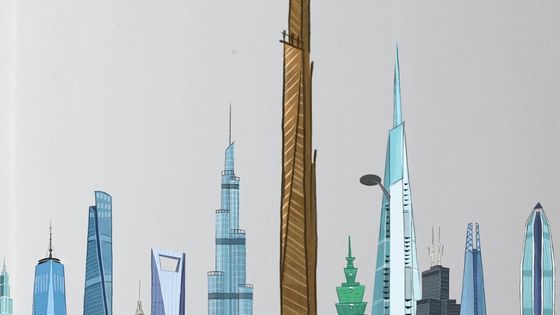
Related Posts:
in Video, Posted by log1l_ks







